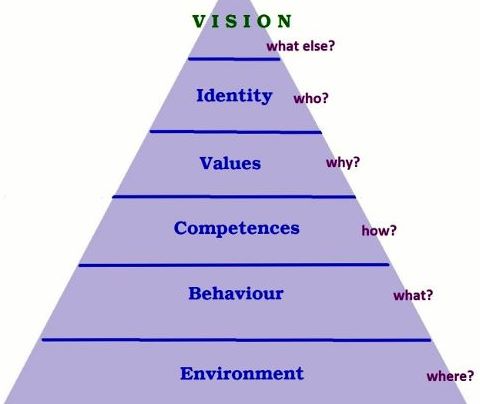Managing change in the financial sector
Managing change in the financial sector especially in times of crisis is never easy.
I had been working in the financial sector for many years, experiencing several different roles, until I had the pleasure of becoming a coach. During my career, I experienced coaching from both the perspective of a manager then as a coach myself. What did I learn during those years?
Businesses often neglect the human aspects of change, and as a result may encounter resistance from employees.
It seems that financial institutions make mistakes in two respects:
1. There is a lack of coaching when it’s really needed.
2. They focus on business rather than humans.
A striking example is the past crises faced by the financial sector, the consequences of which spread to the global economy. This difficult period was characterised by an increased number of acquisitions, with the expectation that people would deliver more, better and faster. This need for rapid and dramatic change had not been experienced before and it meant that the financial sector was nearing, or had even passed, the point of change saturation. Everyone felt the impact regardless of whether they were in managerial or specialist positions. At that time I worked in one of the European banks as a middle manager and I experienced the prevailing pressure, intensity and bitterness of those years. Most of the changes financial companies faced were imposed and unwanted, and as a result caused uncertainty about the future among all their employees.
MANAGING CHANGE
It was quite remarkable that many financial companies had no efficient change management plans while implementing the changes. Milestones and short deadlines were imposed without taking into account the readiness of employees. These plans lacked thought about the human aspect. For example, they did not assess potential risks, impact on motivation and level of resistance when imposing a sense of urgency and pressure on the business side. Normally line/middle managers obtain support from the HR department and receive specialised training to provide them with skills in sensitive areas like cultural differences, value systems or motivation strategies. But at that time of crisis many institutions cut expenditure on soft skills training, and coaching was also suspended just when it was really important and needed. Understanding the psychological aspects of a change implementation is crucial for the success of all businesses. Coaching would help top managers understand the necessity of more open and effective communication with employees in the organisation and prepare them for managing any resistance. All too often when an executive encounters resistance to change they ‘explain’ it by quoting the cliché that ‘people resist change’ and never look further.
INDIVIDUAL MOTIVATION
The factors that influence resistance are all aspects of a employee’s life and their internal value system. What motivates a person is unique to that person. When introducing change management needs to be aware that the top reasons for resisting change, for both employees and managers, are not related to whether the strategy or chosen solutions are correct. They relate to how an individual employee or manager understands and experiences the change process. Effective change management can shift from preventing and managing resistance, to engaging employees and building acceptance and enthusiasm for the change. The organisational value systems also impact on the way change happens. If people believe in the overall purpose, they will be happy to change their individual behaviour to serve that purpose. However, when people find that their beliefs are inconsistent with the required actions, cognitive dissonance and distressing mental states are caused. Moreover, managers must be prepared to deal with potential or real conflicts arising from cultural differences as well as the ethical dimension. This is where coaching can help managers. ‘They should be equipped with a moral compass ensuring they act in the interests of the many rather than the few’ (Todnem and others, 2012).
INTEGRATING THE BUSINESS AND HUMAN SIDES
During the recent financial crises it was not only financial institutions that tended to focus on the business side, but coaches too. There is a mistaken belief in my opinion, shared by many coaches I met, that coaching, especially in financial institutions, should be limited to the three lowest neurological levels: ‘environment – where’, ‘behaviour – what’ and ‘capabilities – how’ with an objective to assist the manager in the realisation of the specific tasks and achievement of certain results. I believe that in some situations, during the coaching process such an approach makes sense and brings good results. However, not addressing the other logical levels referring to values, identity and purpose is, I believe, a serious lapse. Within the financial world I have heard the opinion that simple is better, and working on the higher logical levels is unnecessary as it may complicate the employee’s situation at work. He or she may realise that they would be better off elsewhere and might walk away from their job. I find this reasoning shortsighted because all managers need to find harmony between both being ‘professional and human’ at work. They are unlikely to leave a job only because a coach helped them to discover their bigger capabilities. They are more likely to feel better and hence more motivated. A coach is there to help a manager eventually to realise what is appropriate for him or her.
Fortunately, the situation has been improving, and there is more and more understanding that it is not beneficial to neglect the human aspects of work and concentrate only on the business side since in the end this can backfire on performance. Putting both sides together – business and human – can change the working culture and would probably lead to more engaged and productive employees who are enthusiastic about the company’s purpose, committed to their work, and who are more likely to stay in the long term.
Beata Cnudde










